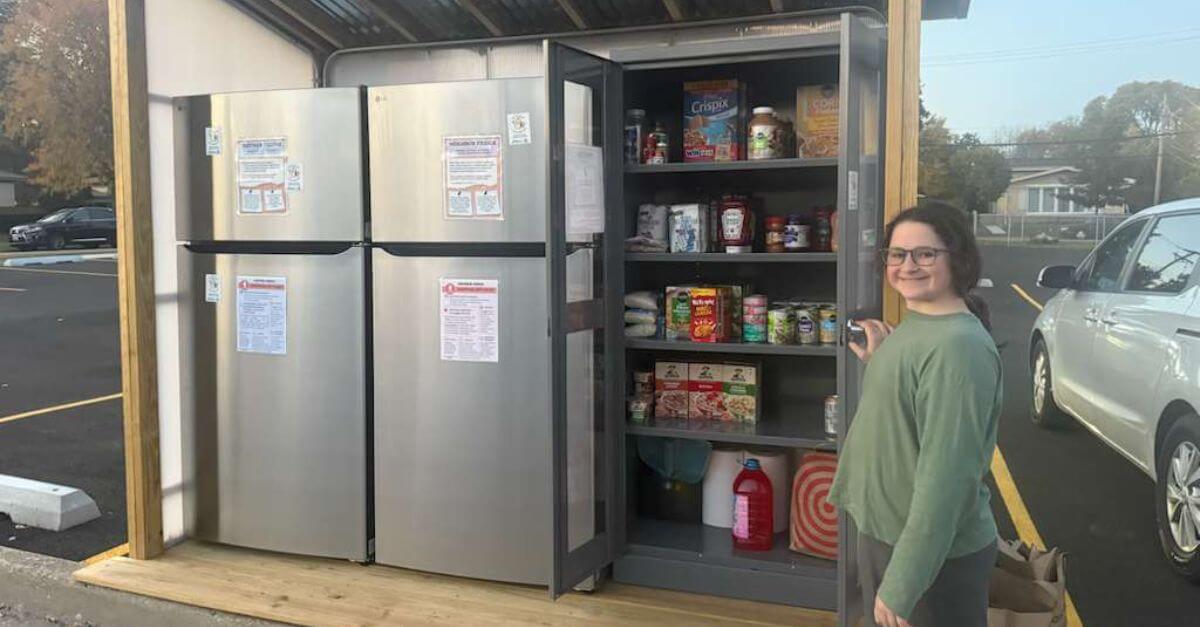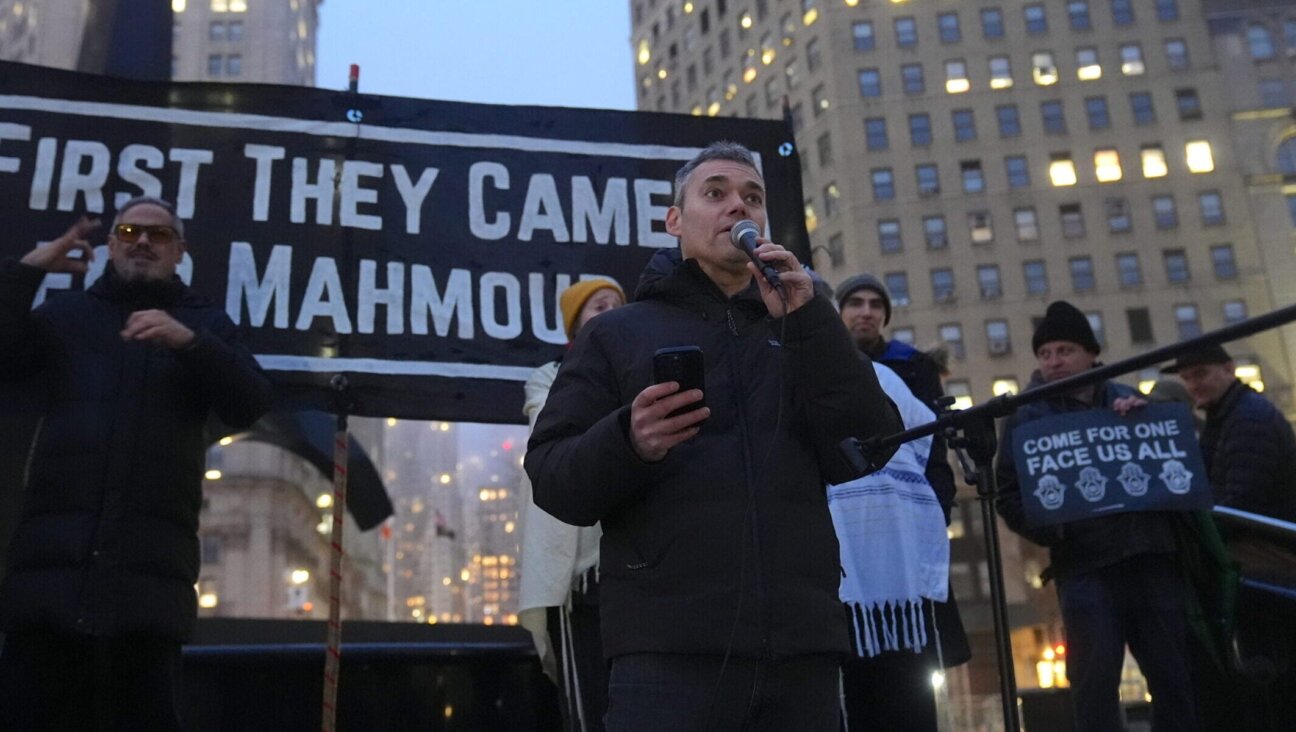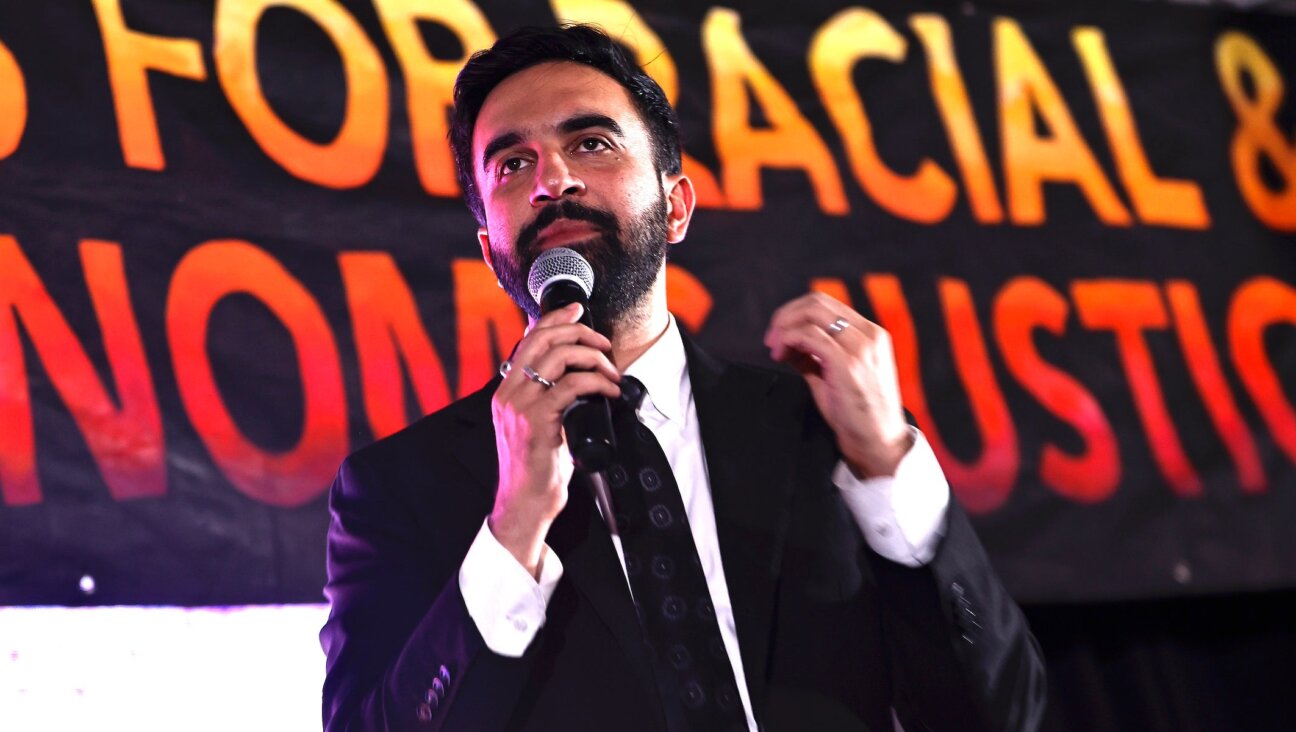Can Orthodox Buck Movement Toward More Liberal Branches of Jewish Faith?

Image by getty images
Ron Rosenblatt’s parents grew up Orthodox. Ronsenblatt had his bar mitzvah in a Conservative synagogue. His children were raised as Reform Jews.
Rosenblatt, 71, a dentist in Los Angeles, now attends a Reform synagogue a few miles from the Orthodox congregation where his parents were married. His trajectory is typical for an American Jew, the new 2013 Pew Research Survey of U.S. Jews reports.
In fact, none of the major Jewish denominations can hold on to a majority of its members. Pew data shows that startlingly low retention rates among all three major Jewish denominations are leading to a demographic explosion among Jews who say they identify with no denomination at all.
The picture is of a denominational rockfall sliding from more traditional streams through the Reform movement and out of the denominational structure altogether.
Most people who grew up Orthodox or Conservative are now either members of a more liberal denomination or don’t identify as religious at all. So while the Orthodox population is more or less static, the proportion of Jews who say they are Conservative has shrunk, and the proportion of Jews who say they have no denomination has jumped to 30% from 20% in a similar study 13 years ago.
It’s not just Jews who are slipping to liberal denominations from strict ones. Generational shifts between denominations are a common theme across American religions.
In the 1960s, as evangelicals became wealthier and more mainstream, they left their Baptist churches en masse for the more liberal mainline Protestant churches, leaving behind congregations associated with low socioeconomic classes.
“That was a very steady flow of people for a lot of years,” said Mark Chaves, a professor of sociology, religion and divinity at Duke University. This tide slowed in the 1990s, as evangelical churches were more successful at appealing to middle-class professionals. “It became less important as a status marker for people once they became college educated… to not be a Baptist anymore and be a Presbyterian or Methodist,” Chaves said.
Mainline denominations, however, had come to count on the evangelical defectors to fill their ranks, and they soon found they had a membership problem that is ongoing today.
The Jewish story is similar. Class differences that once drove shifts in denominations have since flattened out, according to Steven M. Cohen, a leading sociologist of American Jewry and an adviser to the Pew study.
Decades ago, Cohen said, “poor Orthodox parents gave birth to middle-class Conservative kids who in turn gave birth to upper middle-class Reform grandchildren.”
Today, however, income levels are relatively even among most groups of Jews, excluding the ultra-Orthodox.
It’s difficult to say whether that economic flattening has stemmed the flow of Orthodox Jews to liberal denominations.
The Pew findings on the size of the Orthodox community are difficult to parse. On the one hand, it’s clear that the community isn’t growing nearly as fast as some of its boosters claim.
Though the birth rate among Orthodox Jews is 4.1 children per adult, vastly higher than America’s average of 2.2, the study found that Orthodox Jews make up 10% of the American Jewish population. That’s up only 2% from 10 years ago, according to data from the 2000 National Jewish Population Survey, provided by Cohen.
(The Pew survey draws some rough comparisons between the 2000 survey’s findings and the new findings, but notes that exact comparisons cannot be made, because of differences in how the surveys were conducted.)
According to Pew, the majority of Orthodox Jews are ultra-Orthodox. Modern Orthodox Jews, who are less insular than the ultra-Orthodox and value secular as well as religious education, make up just 3% of America’s. Jewish population. Ultra-Orthodox Jews make up 6%, according to Pew. Orthodox Jews who identified as neither ultra-Orthodox nor Modern Orthodox make up 1% of the Orthodox community.
Some large part of the nationwide growth in that community occurred in the New York area, where the population of Orthodox Jews grew by more than 100,000 between 2002 and 2011, according to a survey published in 2012 by UJA-Federation of New York.
The Pew finding that only 48% of people who were brought up Orthodox remain Orthodox could explain the apparently small bump from 2000 to 2013 in the Orthodox share of the U.S. Jewish community. Yet according to Cohen, that number reflects bygone trends, and Orthodox retention is likely to get more robust as today’s young Orthodox grow older.
“I’m predicting that younger Orthodox will have much higher retention rates,” Cohen said. “Orthodoxy has raised the bar, so today’s version of what it means to be Orthodox is more compelling and cohesive than in previous generations.”
Data included in the Pew report shows that Orthodox retention rates are vastly lower among older people who were brought up Orthodox than they are among younger people. Just 22% of people 65 and older who were raised Orthodox are still Orthodox, while 57% of people aged 30¬–49 who were raised Orthodox are still Orthodox.
What’s clear from the data is that any growth in Orthodoxy will come from inside the movement. Despite massive and growing outreach efforts by Orthodox groups to non-Orthodox Jews, just 4% of people brought up Conservative and 1% of people brought up Reform are currently Orthodox, according to Pew.
Those findings won’t surprise Rabbi Ephraim Buchwald, director of the National Jewish Outreach Program, who says that Orthodox outreach has more or less stopped working over the past 10 years. “The amounts of money that are going into this are astronomical,” Buchwald said. “The return is very poor.”
Buchwald blames the shrinking of the Conservative movement. Young Conservative Jews, he said, had enough Jewish background to be susceptible to Orthodox outreach methods. Now, there aren’t enough Conservative Jews among the college students the outreach professionals target.
In Buchwald’s analysis, Conservative Judaism serves as a sort of backstop for the non-Orthodox. The movement played that role for Sandra Bergman, a woman in her 60s who grew up Orthodox, with Holocaust survivor immigrant parents, in the Crown Heights section of Brooklyn.
Bergman stopped being observant in college and didn’t attend any synagogue for years. When she started going to Ansche Chesed, a Conservative congregation on the Upper West Side of Manhattan, she found something that her Orthodox upbringing had failed to offer.
“I liked the informality of it. I liked the participatory and egalitarian aspect,” Bergman said. “The availability of a strong Conservative shul like Ansche Chesed kept me in the fold, kept me involved. I would not have found another path.”
Yet Buchwald’s sense about the collapse of Conservative Judaism seems to be borne out in the Pew findings. A full 10% of Jews raised Conservative say they aren’t Jewish anymore, while another 17% say they aren’t religious or don’t identify with any denomination. The proportion of people raised Conservative who say they are still Conservative, 36%, is only a bit higher than the 30% of people raised Conservative who say they’re now Reform.
For Rabbi Bradley Shavit Artson, the rapidly declining numbers don’t mean that the movement is failing.
“By its size, Conservative Judaism is losing numbers,” Artson said. “That’s true. But I want to focus on our quality.”
Artson said that the smaller size of the movement may correlate with what it asks of its members.
“It’s very hard to be a casual Conservative Jew,” said Artson, dean of the Ziegler School of Rabbinic Studies at American Jewish University. “If you’re passionate about integrating tradition and modernity, we continue to be a great home.”
Contact Josh Nathan-Kazis at [email protected] or on Twitter, @joshnathankazis.















